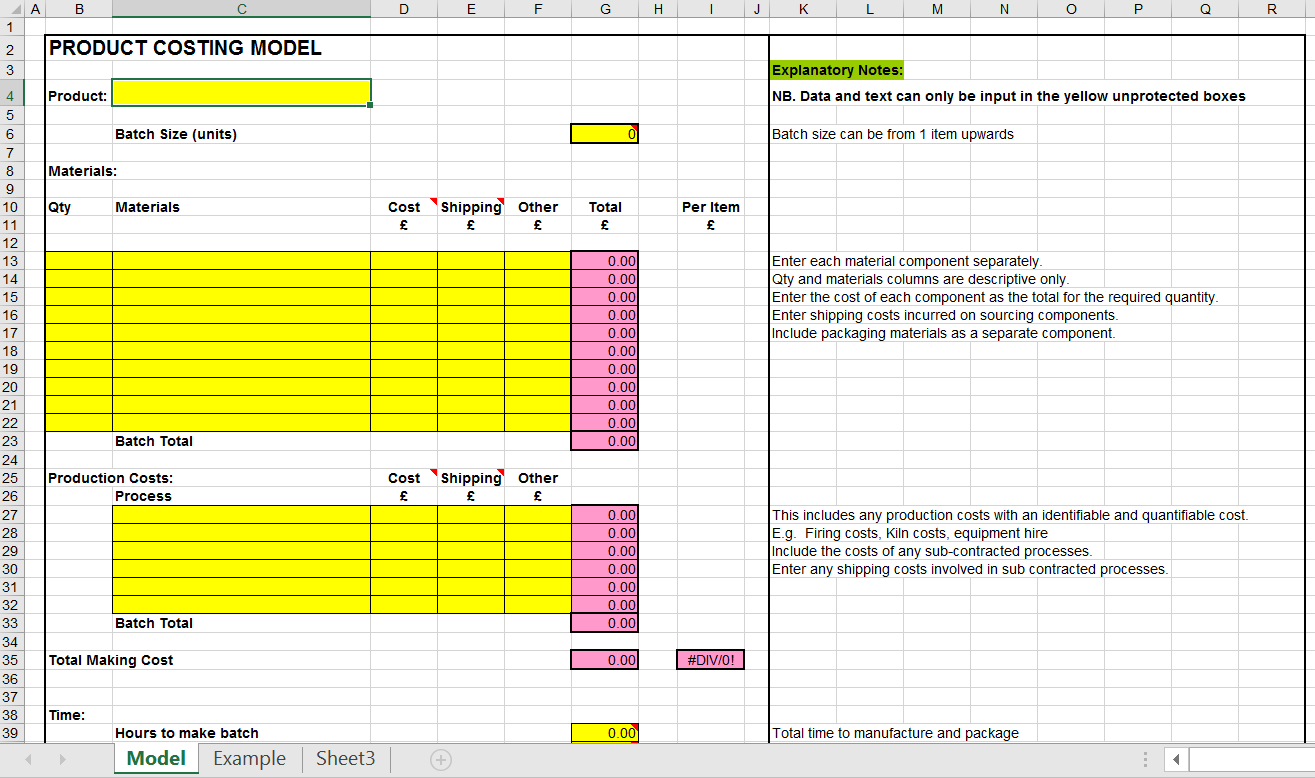
This report not only provides a snapshot of the direct costs such as raw materials and labor but also delves into indirect expenses like overheads that are often overlooked yet significantly impact the bottom line. By dissecting the nuances of these costs, manufacturers can identify inefficiencies, adjust pricing strategies, and enhance their decision-making process. Understanding the Cost of Goods sold (COGS) is pivotal in grasping the full picture of a manufacturing entity’s financial health. This metric reflects the direct costs attributable to the production of the goods sold by a company. It includes material costs, direct labor, and overhead directly tied to the production process. By dissecting COGS, stakeholders can glean insights into the efficiency of production, the pricing strategy, and ultimately, the profitability of the products.
ProjectManager Helps With Production Reporting
From an accountant’s perspective, COGS is a key figure for calculating gross profit, which is done by subtracting COGS from revenue. A production manager, however, might look at COGS to assess the efficiency of the production line. Meanwhile, an investor may interpret COGS as a measure of management’s ability to control costs and maintain margins. It’s a vital component for any manufacturer serious about understanding and improving their production process. Production reporting is only one part of the larger production management process.
Get Started
The revision should also solicit and incorporate any feedback or suggestions from the peers, the managers, or the experts. A cost report is not a static document, but a dynamic one that reflects the current status and progress of the project. Updating and reviewing the cost report regularly will help to capture the changes, issues, and trends that may affect the project, as well as to provide timely and relevant information to the stakeholders. For example, a regular update and review may involve the use of a dashboard, a variance analysis, and a feedback mechanism. By examining these components, a company can identify areas where costs may be reduced without compromising quality.
Deliver your projectson time and on budget
Therefore, there are a few more steps in creating the Production Cost Report. Our mission is to empower readers with the most factual and reliable financial information possible to help them make informed decisions for their individual needs. The MST Manufacturing Company produces one product that passes through a single process in a manufacturing cycle lasting approximately 18 days. Starting a nonprofit can be a fulfilling way to make a difference in the community, but it requires careful planning and consideration.
- Finance Strategists has an advertising relationship with some of the companies included on this website.
- The country’s main Kharg Island export terminal that ships 1.6 mb/d of crude, primarily to China, is a major concern as is the potential spillover to the strategic Strait of Hormuz waterway.
- Understanding the Cost of Goods sold (COGS) is pivotal in grasping the full picture of a manufacturing entity’s financial health.
Understanding the cost of goods manufactured (COGM) is a critical aspect of managing a manufacturing business. It represents the total cost incurred to produce products that are ready for sale during a specific period. This figure is pivotal because it directly impacts the profitability and pricing strategies of a company. COGM is not just a number; it’s a comprehensive reflection of the production efficiency, material management, labor effectiveness, and overhead control.
This example highlights how WIP Inventory reflects ongoing production costs and underscores the importance of accurate tracking and valuation. Before monitoring manufacturing KPIs with a production report, production managers can set the stage for a successful project by making a production schedule. Tasks, resources and costs can be organized on the Gantt chart or sheet view, which is simply a Gantt chart without a timeline. Link all four types of task dependencies to avoid costly delays and, once the schedule is done, capture it by setting a baseline. Production managers and their teams will soon experience their limitations.
Some issues that a production report can capture include bottlenecks, unplanned downtime and poor machine utilization. Production reporting is a process managers use in manufacturing to analyze, visualize and understand the current state of the production process. It can also compare with historical performance to provide some context to the data. A healthcare organization that used cost reporting to optimize the allocation and utilization of resources and staff. A baseline is a reference point that shows the original plan, budget, and schedule of the project. A contingency plan is a backup plan that accounts for the potential risks, uncertainties, and changes that may affect the project.
It involves examining financial information related to expenses incurred during a specific period. By analyzing cost data, businesses can gain valuable insights into their spending patterns, identify areas of inefficiency, and make what are different types of standards under standard costing informed decisions to optimize costs. Work in Process (WIP) Inventory is a critical component of the manufacturing process, representing the materials and labor that are currently in the production cycle but not yet completed.

By comparing COGM with total sales, analysts can assess the gross margin and determine if a company is managing its production costs effectively. It’s the compass that guides a company through the complex waters of production economics, ensuring that every decision is backed by solid data and a clear understanding of the cost implications. Before starting to prepare a cost report, it is important to clarify the scope and purpose of the report. Answering these questions can help to determine the format, structure, and content of the cost report. A construction company that used cost reporting to monitor and control the progress and budget of a large-scale project. This means checking the accuracy, completeness, and reliability of the cost report, as well as the compliance with the rules and regulations.
For example, a cost report for a government contract may have a different format and style than a cost report for a private client. This means identifying the purpose, audience, and format of the report, as well as the level of detail and frequency of reporting. For example, a cost report for a construction project may have a different scope and objective than a cost report for a marketing campaign.
It is also important to backup and archive the cost data regularly, to prevent data loss or damage. An example to illustrate the importance of COGM analysis could be a scenario where a company notices a significant increase in COGM without a corresponding increase in production volume. This could indicate issues such as rising material costs, inefficiencies in labor, or increased overhead expenses.

Recent Comments